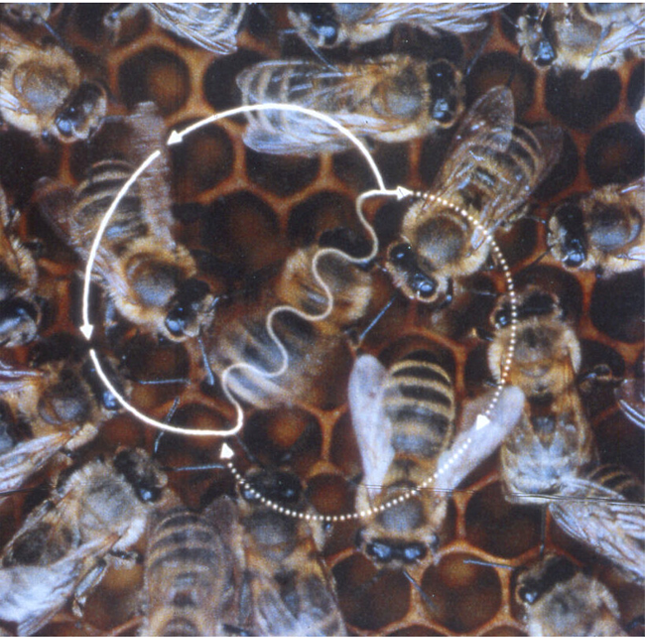Honeybees do a lot to help us, but they need some help from us too.
In the winter, honeybees eat food that the beekeepers leave in the beehive. By spring, the hive is usually getting low on food, so honeybees need to go visit flowers to collect pollen and nectar. The first flower that gives the honeybees lots of pollen and nectar is the dandelion. You can help honeybees by letting your grass get a little longer in the spring and letting the dandelions grow to give the honeybees food. Once dandelions are mostly white, honeybees can't get anymore food from the flower; then it is a good time to cut the grass.
Planting flowers for honeybees to visit is another great way to help honeybees. Planting flowers that will boom at different times in the spring, summer, and fall make sure that they honeybees will have food all the time.
 One hive of honeybees can go through a gallon of water every day. They have to collect that water to drink and to cool down the beehive. Honeybees cannot swim, so you can help them get the water they need by putting some stones in a bird bath. The stones give the honeybees a place to land and sit while they are collecting water. Other than helping the honeybees get food and water, there is another way you can help them.
One hive of honeybees can go through a gallon of water every day. They have to collect that water to drink and to cool down the beehive. Honeybees cannot swim, so you can help them get the water they need by putting some stones in a bird bath. The stones give the honeybees a place to land and sit while they are collecting water. Other than helping the honeybees get food and water, there is another way you can help them.
Leaving the honeybees that you see on flowers, in the air, and drinking water alone to do their work helps the honeybees. Honeybees do not want to sting you. They are working to make honey and food for the beehive. Don't swat at honeybees when you see them, and give them some space to keep working. These are all very easy ways you can help honeybees do their jobs!























